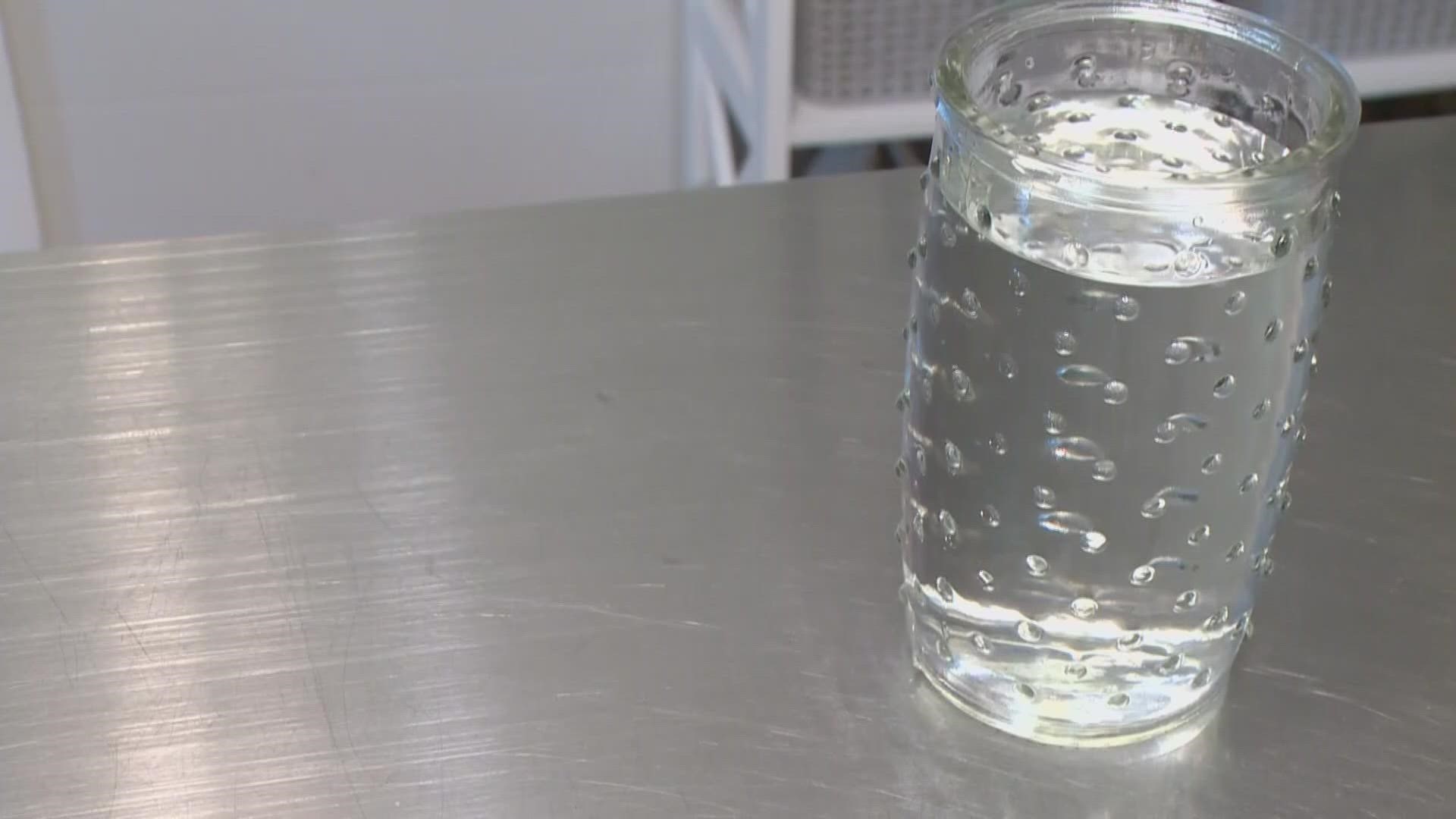MAINE, Maine — Environmental advocates are calling on the Maine Center for Disease Control and Protection to set lower limits for toxic chemicals, known as PFAS in drinking water.
This comes after the Environmental Protection Agency issued new advisories, that sharply lowered standards for several PFAS compounds, warning that no level is safe.
The chemicals are found in products including waterproof clothing, food packaging, carpets, and firefighting foam. Federal studies have linked the industrial compounds to serious health conditions, including cancer and reduced birth weight.
Maine is one of a dozen states that has an enforceable interim limit for the sum of six PFAS chemicals in drinking water, but advocates say the new EPA standards could be used now to help Mainers deal with contamination.
"It's really incumbent on Maine CDC to step forward and rapidly implement EPA's science and lower the state's threshold of PFAS in drinking water," Patrick Macroy, deputy director of nonprofit environmental advocacy group Defend our Health, said.
The feds set nonbinding limits for PFOA and PFOS, two of the most common compounds to near zero, replacing 2016 guidelines. The agency for the first time also issued final health advisories for two chemicals that are considered replacements for PFOA and PFOS. One group is known as GenX chemicals, while the other is known as PFBS.
Robert Long, a spokesperson for the Maine CDC, which runs the state's drinking program, told NEWS CENTER Maine in a statement that officials are working to develop a final drinking water standard by 2024:
On June 15, 2022, the U.S. Environmental Protection Agency (EPA) released four drinking water health advisories for per- and polyfluoroalkyl substances (PFAS). Health advisory levels for two of the four compounds (PFOA and PFOS) are below measurable levels, so any detections of these compounds above the laboratory method reporting limits would exceed the health advisory levels. EPA health advisory levels for the other two PFAS compounds, known as 'GenX' and PFBS, are 10 parts per trillion (ppt) and 2,000 ppt, respectively.
EPA's health advisories are not enforceable limits, and the federal agency does not intend to have an enforceable standard until 2023. Rather, the drinking water health advisories provide information on contaminants that may occur in drinking water and may cause adverse human health effects.
In 2021, Maine became one of only a dozen states to proactively address PFAS in drinking water by establishing in state law an interim drinking water standard for PFAS. The legislation set an interim standard of 20 ppt for a combination of six PFAS compounds (PFOS, PFOA, PFHpA, PFNA, PFDA, PFHxS) with a requirement of a final standard by 2024. Our intent is to continue to implement our statutory mandate.
Maine CDC’s Drinking Water Program will factor this new recommendation into its ongoing work with local utilities. Customers who are concerned about PFAS in their drinking water should contact their local water utility to see whether PFAS monitoring data or specific recommendations for your community are available.
Advocates are also pushing regulators to use the feds' new limits when it comes to remediating contamination and installing filtration systems for private well owners, who qualify under the state's current standards.
"At 20 parts per trillion, for the sum of six chemicals, we now know those levels are too high," MacRoy added.
"The Department commends EPA for advancing national drinking water standards for PFAS. The process involves a rigorous review of scientific information and broad public engagement during rulemaking. The EPA’s interim Health Advisories for PFOA and PFOS are based on the same information currently under review by EPA’s Science Advisory Board," David Madore, deputy commissioner of the Maine Department of Environmental Protection, told NEWS CENTER Maine.
"EPA has acted quickly to provide these updated Health Advisories because many states and the Department of Defense are still relying on EPA’s 2016 health advisory of 70 parts per trillion for PFOA and PFOS in drinking water. These health advisories provide additional guidance for states that have not established their own PFAS standards and underscore the importance of Maine’s ongoing efforts to find the greatest exposure risks to our citizens and to provide safer alternatives," he continued. "The DEP will continue to implement enforceable state and federal environmental standards and apply recommendations of the Maine Center for Disease Control for public health protection action levels."
"To hear the EPA say that and make this really bold position was validating but brought me a lot of emotions as well," Andrea Amico said, holding back tears.
Amico's husband and two children unknowingly drank water laced with PFAS at the Pease International Tradeport, in Portsmouth, New Hampshire. After very high levels of the chemicals were discovered the several wells at the former Air Force Base, she founded Testing For Pease, a community action group.
Amico fought for years for a federal health study, conducted by the Agency for Toxic Substances and Disease Registry into the health effects. She continues to push for health monitoring for her family members and the thousands of others in the Pease community who were exposed to the chemicals for years.
"These chemicals are not safe at any level," Amico explained.
The EPA said it expects to propose national drinking water regulations for the two most common PFAS compounds, later this year. A final rule is expected in 2023.
For more information about the Maine DEP's ongoing statewide investigation, testing, and remediation programs for PFAS contamination, go here.
For more information about testing, remediation, and resources from the New Hampshire Department of Environmental Services, go here.

